Friday, 10 May 2024
Menu
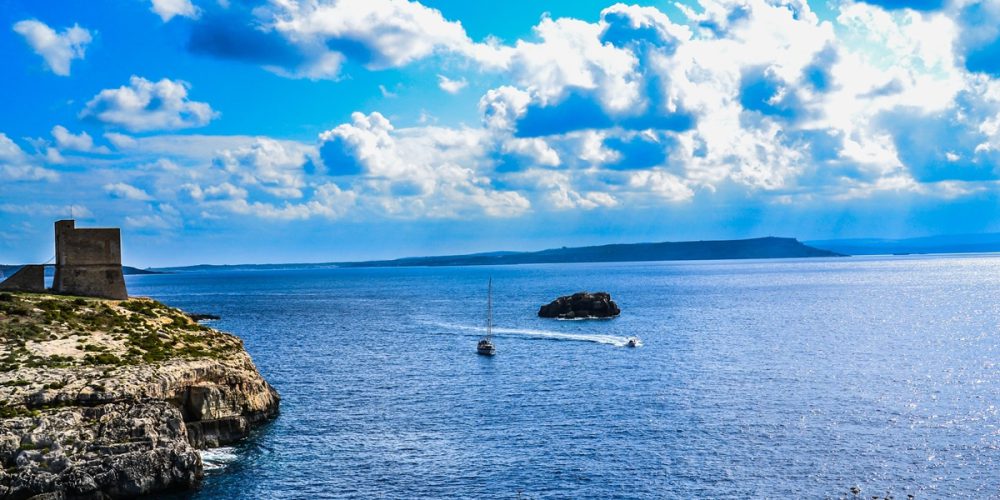
Travelling around the world, we can get to many places offering a wide range of underwater attractions. Depending on what type of diving is our priority and how experienced a diver we are, we choose the right direction of travel. Going to Malta, and more specifically to the island of Gozo, we get a real package of diving attractions. Apart from infrastructure and service at the highest level, underwater fun will be found here both by “freshmen” after OWD, catching only their first diving experience, as well as experts wishing to delve into the local caves or reach the magnificent wrecks, which, due to the geographical location and stormy history, are not lacking in the area.
Gozo is the second largest island in the Maltese archipelago, with a population of just over 31,000. It covers an area of just over 67 km². The maximum length of the island is almost 14.5 km and its width is just over 7 km. All this translates into a coastline covering a distance of almost 43 km.
As a diving destination, Malta and Gozo are becoming more and more popular every year. Suffice it to say that one stay, be it 7 or 14 days, is definitely not enough. Just enough to catch the bug and fall in love with the underwater surroundings. You will take home unearthly memories, but you will still have the impression that you have only seen the tip of the iceberg. A really big iceberg, I might add.
There is no shortage of diving bases of all kinds, providing access to all of Gozo’s underwater treasures. The official languages are Maltese and English, but the language barrier will not be a problem for anyone, as among the many diving centres, there are also Polish ones, as well as those employing Polish staff. Some of them also have friendly diving centres or instructors in Poland, from where they jointly organise expeditions.
Access
After landing, you have to take a bus, taxi or hired car, to Cirkewwa, where the ferry runs. It takes 30 minutes to cross the 6 km distance between the islands. During the short cruise, you can admire, on the starboard side, the charming islet of Comino.
Getting around on Gozo is fairly easy, with the main roads converging radially at Victoria (Rabat – as the locals still call their capital). Every dive centre located here has an airport transfer included, of course, but it is also possible to arrive on your own and meet someone from the centre in Mgar Harbour – the destination port where the ferry arrives.
Accommodation
What makes Gozo different from Malta is that it is not set up to cater for mass tourism. It is great for tranquillity and peaceful relaxation. Look for offers from diving centres, which always offer accommodation in rooms or flats. There are of course a few hotels on the island, such as the one in Mgar or the hotel in Xlendi, a picturesque fishing village. Most people only come to Mediterranean Gozo for one day, for the so-called Gozo tour or Gozo jeep safari, or to dive once at the most iconic site of Dwejra Point, with some centre from Malta (the extra charge for such a diving day is 15-20 Euros)
However, there are many more places, whether for sightseeing, relaxing or diving. And compared to Malta, there are more green fields, fresh air and uncrowded spaces.
It is interesting to note that for almost 2 years, Gozo was an independent country, called La Natione Gozitana (The Nation of Gozo). This happened during the reign of Napoleon Bonaparte, when the Emperor expelled the Knights of St John from Malta. However, the Gozitans did not want the French, proving unyielding and staging an uprising which forced the invaders, first to lock themselves in the Citadel and finally to surrender and leave the island. This happened over several months, from June to October 1798. As early as September 1800, however, the British arrived and took over the island for several generations.

Visit
We plan our exploration of Gozo according to the number of days we have available. The prehistoric temple of Ggantia, which outshines the Egyptian pyramids in age, is worth seeing and pondering. Right next door is the tiny Ta’Kola – a museum of over 100-year-old agricultural tools, housed in a restored windmill from 1725.
It is worth driving up to the unique red beach – Ramla Bay (the sand is red-gold), which is the longest sandy beach on Gozo. Nearby, on a hill, is the famous Calipso Cave – a rocky crevice where, according to legend, the sorceress Calypso seduced Odysseus and they lived in a cave that supposedly reaches all the way to the sea, for 7 years.
When driving to Victoria, it is impossible to miss the hill with the statue of Christ on top. More than 100 years ago, the natives believed that placing the statue would protect the island from a volcanic eruption. In later times it turned out that the hill was not a volcano at all. Now pilgrimages to the top of the hill take place once a year.
The name Victoria was given, changing the old one, in 1897 to commemorate the 60th anniversary of the reign of the British Queen. The natives didn’t like it, however, and to this day use the name Rabat (Arabic for suburb) when talking about their capital. The main meeting place is the It-Tokk (meeting place), or Pjazza d’Indiependenza. From here, through winding and narrow streets, you will reach St George’s Basilica and, heading uphill, you will pass Gozo 360 Degrees (a multimedia story about the island) to reach the walls of the Citadel. This fortress, which offers a magnificent view of the whole island, acquired its current appearance in the 17th century, but the first people here were Carthaginians, after whom an inscription in their language remains.
Diving
There are many places to visit, but there are even more fascinating secrets hidden beneath the water. Dive Centres located in Malta, often offer two dives at Dwejra Point, with the famous Azure Window. On one side is the Blue Hole Dive, and on the other the Inland Sea. Both dives are worth the sweat and effort it takes to do them.
Cape Dwejra is famous for its naturally formed rock arch called the azure window. As you drive into the car park you pass the turn-off to the second place called the inner sea.
At the same car park we complete and combine our equipment, put on our wetsuits, and all this in full sun, even though there is no shade, no roof or shelter. The briefing takes place before we put the heavy gear on our backs. Now for the worst, in full gear you have to walk about 150 metres over slippery rocks and uneven terrain with varying degrees of inclination. The same, but “wet” on the way back.
However, the immersion compensates for the effort put in. We enter the “well” called Blue Hole one by one and, after swimming through it, we wait for each other. Immersed in the open waters of the Mediterranean, we start our diving adventure. Wonderful rock formations, caves and chasms hide octopuses and groupers hunting for them. The latter can be quite large here, even a metre long. The overgrown rocks are traversed by nudibranch snails – Peltodoris atromaculata, and scorpions lurk here and there. Immersed in the restful water, levitating like birds in the sky, we return to down-to-earth reality and, controlling our gas levels, we leave safely to sweat our way back to the car park.
After a break we descend on the other side to the Inland Sea. Here it is much more comfortable, as we dress right at the entrance to the sea. The small lagoon, called Il-Qawra, is formed by water entering through a narrow crevice, carved by Nature into solid rock. After entering the water, we swim up to the tunnel, keeping to the left corner. It is important to swim close to the bottom once submerged, as fishermen drive their boats over our heads. It is worth taking a torch with you, because there are many creatures hiding among the stones, which without light will be impossible to spot. With a visibility of over 30 metres and a length of the tunnel of about 75 metres, more or less in the middle, there is almost complete darkness. After a while, a dark blue gap starts to appear which, as you approach, brightens up and becomes the gateway to the open sea. The bottom drops from about 2 m at the entrance to the tunnel, to 18 m at the end. It is during this dive, in addition to the orange-yellow anemone Astroides calycularis, that you may come across the pink forkbeard (Phycis phycis), a demersal fish from the cod family. The fork is characterised by the presence of a chin whisker and the ventral fins are transformed into an organ of touch. After penetrating the tunnel, we can turn right or left and admire the sloping, perpendicular cliffs. The sandy bottom is at 50 m.
Another dive site that offers several different immersions is Marsalforn. I recommend the so-called Double Arch, but you need to have enough air for this adventure, because this dive lasts a minimum of 55 minutes and is intended for advanced divers. Both arches are located between 22 and 34 metres. Due to the nature of the soft rocks found here, under the water you can admire a kind of gullies connecting two separate mountain ranges.
Driving a few hundred metres and admiring the special rectangles where salt is recovered from the Mediterranean, you arrive at two more sites: Anchor Reef and Reqqa Point. Both picturesque and interesting. Here we encounter a school of Sarpa salpa fish, whose bodies are oval and laterally compressed. They are silver with yellow stripes, arranged horizontally. There is a characteristic black spot on the base of the pectoral fin. It is interesting to note that juveniles feed on invertebrates, while adults are herbivorous. There are also large cuttlefish here in Xwejni Bay, which sometimes allow you to come close enough to watch each other. Marsalforn dive sites are rich in rock shelves and caves, with anemones and vegetation complementing the underwater landscape wonderfully.
Apart from the entrances straight from the beaches, there are dozens of interesting places on Gozo accessible from a boat. To the west of Mgar is Newwiela Point, where you can often admire large moray eels. There is a nice cave at a place called Ulysses Cave but the maximum depth here is 45 metres.
Gozo is a sweet treat for those who like to admire the beauty of nature, watch animals or penetrate caves. There are also some bizarre wonders of Nature, in the form of windows, arches or tunnels.
Complementing the Gozo dives are the dives around Comino, a tiny island situated between the two largest islands of the Archipelago, famous for its Blue Lagoon. The turquoise-sapphire colour of the water and the very good visibility invite adventurers. Especially those who like to combine diving with sightseeing.
Take a look at the photo gallery from the trip:















window.onload = function(e) {
if(typeof ugCheckForErrors == “undefined”){
document.getElementById(“unitegallery_3_1”).innerHTML = “Unite Gallery Error – gallery js and css files not included in the footer. Please make sure that wp_footer() function is added to your theme.“;}
else{ ugCheckForErrors(“unitegallery_3_1”, “jquery”);}
};
.
Part two coming soon – how and where we dive on Gozo and why mainly in a 2 x 7 set.
Travelled and dived by Marcin Pawełczyk
Co-author Wojtek Zgoła

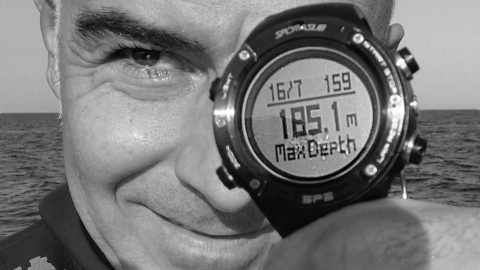

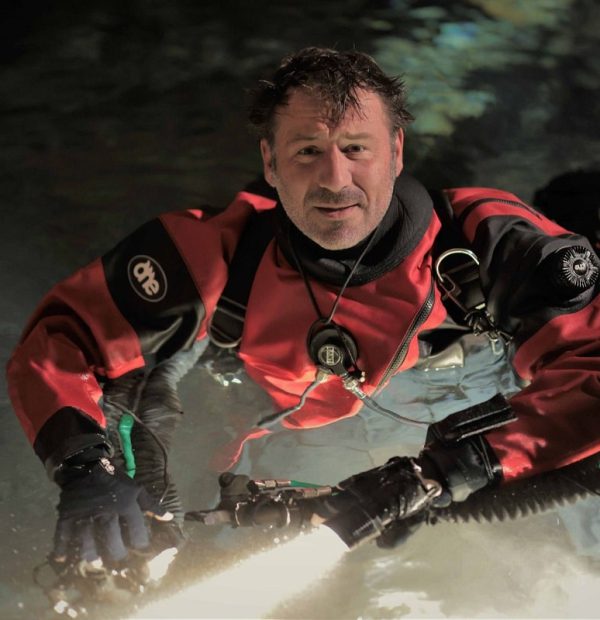

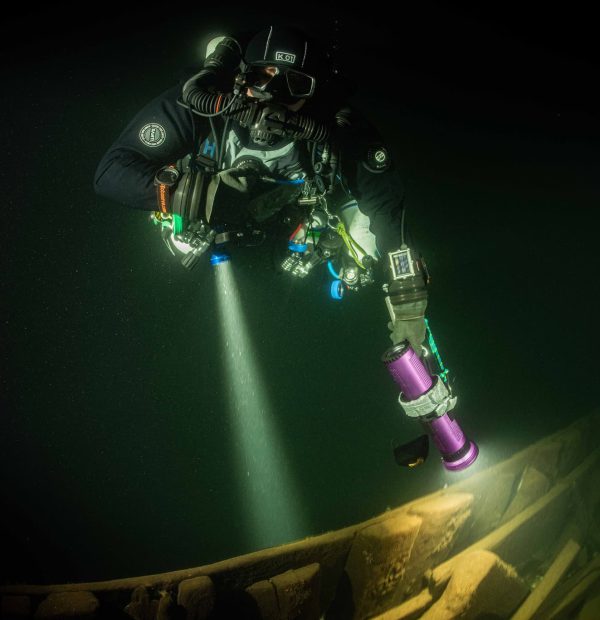
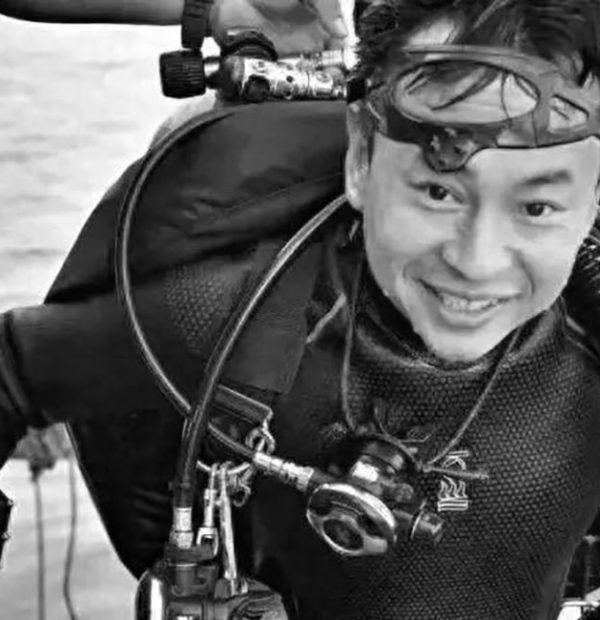
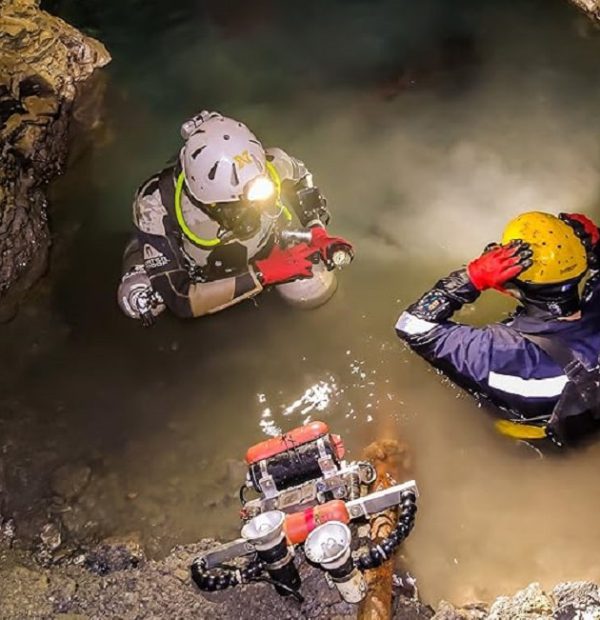
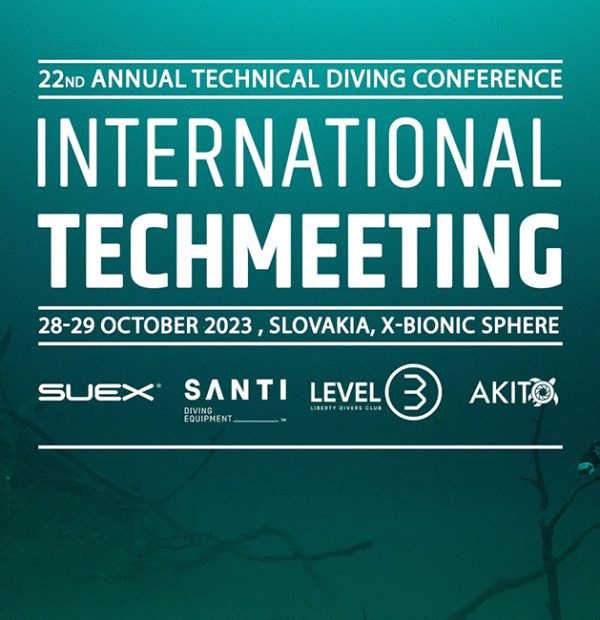

Welcome to DIVERS24.COM, your daily source of scuba news, freediving, scuba diving information, and equipment reviews. Our comprehensive coverage of the dive industry from A to Z provides you with all the latest scuba news, training updates, underwater photography tips, and everything else related to scuba diving. Whether you’re a beginner or an experienced diver looking for more knowledge about scuba gear or techniques – we’ve got it covered! With our in-depth articles written by experienced divers who have been there and done that, you are sure to find exactly what you need here at Divers24.com. Dive into scuba news today!
Underwater Media Sp. z o.o.
Szafarnia 11/F8,
80-755 Gdansk, Poland
Welcome to DIVERS24.COM, your daily source of scuba news, freediving, and scuba diving information. Sign in for a weekly news update and discount coupons for dive gear and apparel.
@2023 - underwatermedia.pl. All Right Reserved. Designed and Developed by Tworzenie stron internetowych Gdansk

The Divers24 portal is currently the largest online medium treating diving in Poland. Since 2010 we have been providing interesting and important information from Poland and around the world on all forms of diving and related activities.
Contact us: info@divers24.com